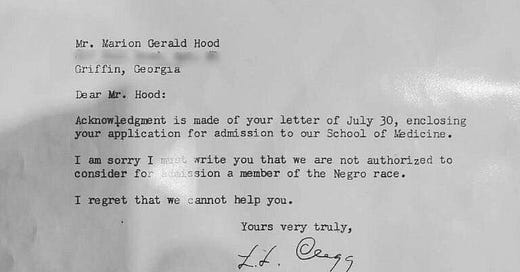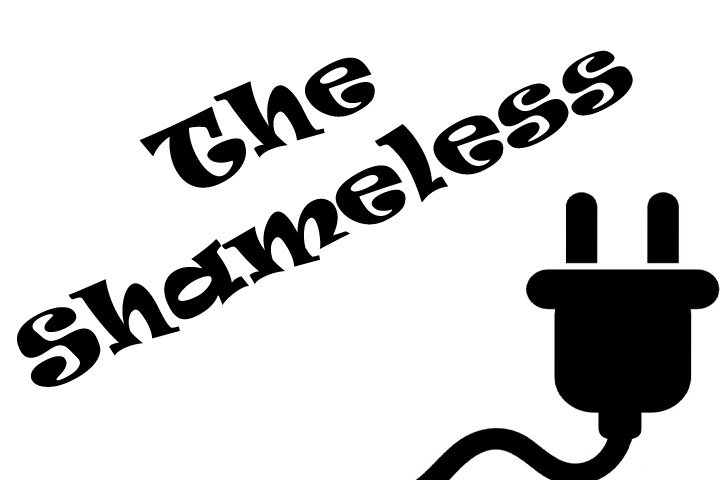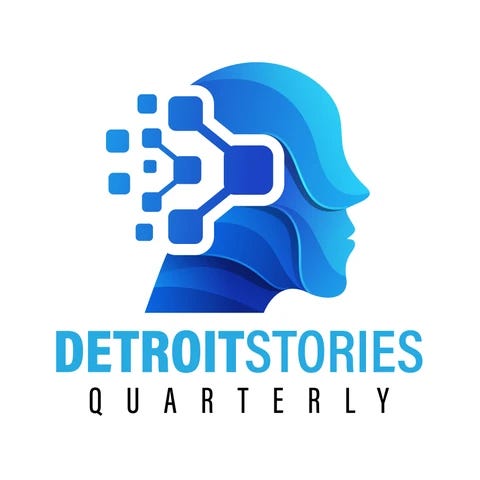The Evolution of Affirmative Action: Tracing its Impact on Higher Education in America
Affirmative Action programs are meant to make up for centuries of discrimination and access-blocking to higher education for Black students.
1959: Why Affirmative Action was and still is needed.
Issue #357: Education July 5, 2023
On Thursday, June 29, 2023, in one of its last decisions of the current term, the Supreme Court of the United States struck down race-based affirmative action programs for public and private colleges and universities.
The case was based on non-specified Asian American students who claimed that affirmative action for Black and brown students took admission seats to Harvard and to the University of North Carolina away from them.
Unlike her conservative colleagues on the bench, Supreme Court Associate Justice Ketanji Brown Jackson once again showed what integrity looks like when she recused herself from the Harvard portion of this case because she previously served on a board at Harvard.
The super-conservative justices who made this decision actually said that the programs are no longer necessary as "racism in education no longer exists" and we now live in a "color-blind" society.
Many Republicans who approved of this decision fell back on misinterpreting their favorite Martin Luther King quote about the "content of character" not "color of skin."
Associate Justice Clarence Thomas, who admitted that he personally benefitted from affirmative action, of course voted to eliminate the programs for others.
It is important to remember that affirmative action was not some quota system to admit less-qualified Black and brown students, but instead, an attempt to make up for almost two hundred years of systemic racism and discrimination and limited opportunity access.
Most importantly, other kinds of "affirmative action" were left in place, including legacy admissions, acceptance of premier athletes, and military academies, no matter the actual qualifications of these candidates.
“We Are Speaking,” which we publish seven days a week, is financially supported by our paid subscribers and by your investments in the products and services offered by the Global Creative Community Branding and Marketing Academy. Please make sure to view and act on the important information at the end of this article to help support and grow “We Are Speaking.” Thank you!
How the Definition of Affirmative Action Changed Over Time
The definition of affirmative action has evolved since it was first introduced in the 1960s, and its current definitions vary across universities. Originally, this policy was intended to provide opportunities for underrepresented minorities and women. The initial focus was on employment practices, but it gradually expanded to include college and university admissions. In recent years, some institutions have shifted their focus from remedying past discrimination to promoting diversity and ensuring equal opportunity.
Examining the Advantages and Disadvantages of Affirmative Action in Higher Education
On one hand, supporters argue that it helps level the playing field for historically marginalized groups, providing access to opportunities that may have been otherwise unavailable. On the other hand, opponents argue that it promotes reverse discrimination and takes away opportunities from more qualified candidates.
Reviewing Recent Supreme Court Decisions Regarding Affirmative Action and Their Impact on Higher Education
These decisions have had a significant impact on the way colleges and universities approach the issue of diversity in their student populations. While some see affirmative action as a necessary tool for promoting diversity, others argue that it can be a form of discrimination against certain groups of students.
In conclusion, the issue of affirmative action in higher education has been a contentious one, with passionate points of view being argued from both sides. From its inception, the definition and implementation of affirmative action in higher education has changed drastically and continues to evolve. It must be weighed thoughtfully against other considerations such as how it impacts acceptance rates, the advantages it may provide to marginalized populations, and any potential drawbacks that could affect students seeking admission into college.
Since this most recent regressive Supreme Court decision on affirmative action, civil rights groups and other groups helping Black and brown people with college admissions have already started working on other ways to get these students admitted to college.
On Monday, a group submitted a brief to the Department of Education to investigate and possibly eliminate legacy admissions.
Also, many HBCUs, which were started because Black students had so much difficulty getting admitted to PWIs (Primarily White Institutions) in the first place, have stepped up efforts to encourage Black high school students to consider applying to HBCUs instead.
Despite differing opinions on the matter, generations of students from all backgrounds have benefited from advances in affirmative action policies that have allowed them access to institutions of higher learning. As we move forward, hopefully, new reforms will be put in place which will foster a more equitable society by ensuring access for more individuals regardless of their background or circumstances.
Let us know your thoughts about what new information you learned in the comments or in the Substack Notes feature.
You can always leave any questions in the comments or email us.
You can also receive up to six months of a paid subscription for referring people to us with the Share Button or the Refer Button.
This article is free to access for 1 week after publication. Please consider becoming a paid subscriber for $5/month or less to access all of the articles and other benefits.
This is your chance to support everything Keith and Pam do. We appreciate you!
Purchase and download your copy of the “Branding And Marketing For The Rest Of Us” eBook for Independent Authors and Creative and Solo Professionals and other valuable eBooks.
Enroll in one of the 6-course bundles designed especially for you: “Author and Book Marketing” and/or “Essential Creative Marketing.”
Purchase your copies of “Detroit Stories Quarterly” issues.
Purchase your copies of “The Mayonnaise Murders” Parts 1, 2, and 3
What else do Keith and Pam do?
Where else can you find us?
Click the link below to learn everything you need to know and review everything we offer for independent writers and creative and solo professionals.









